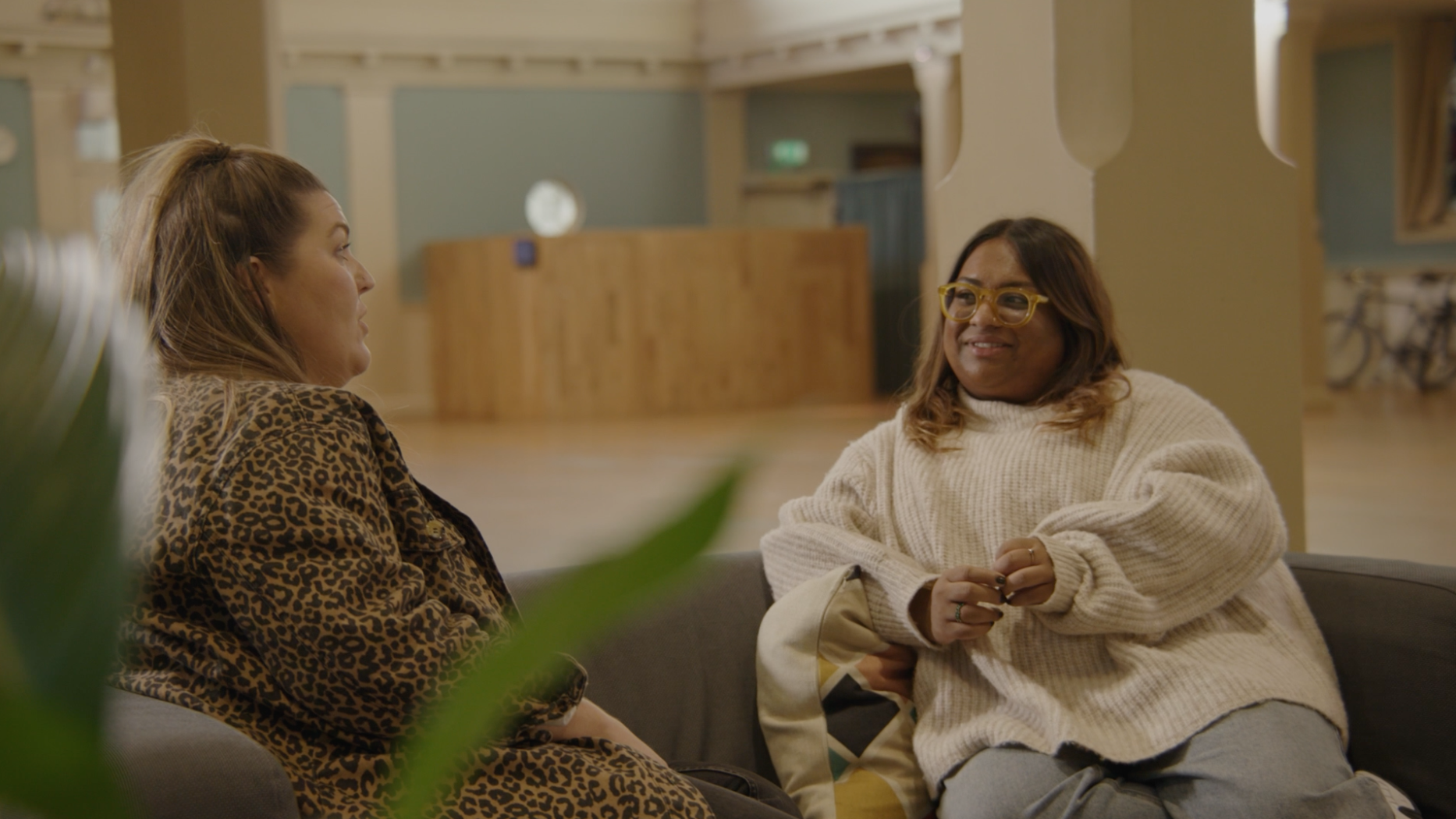
Adopting as a single person
Adopting as a single person
Many single Christians long to express their love and nurturing through a family. The good news is that being single does not exclude you from adopting or fostering children.
It’s worth noting that around 10 per cent of children who are adopted each year are placed with those who are single. Also research has shown that children adopted into single-parent homes thrive just as well as those in two-parent households.
“I’d love to give a child a loving home – am I able to adopt or foster on my own?”
How single people can adopt and foster children.
Most people hope and expect their lives to progress naturally towards marriage and children, but life doesn’t work out like that for all of us. Christian women in particular often find themselves still single in their 40s and beyond, thanks to the unequal ratio of men and women in the church. If you have a strong desire to be a parent, your thoughts may turn to other means of creating a family, such as adoption. In fact, for some Christians, adoption is something they’ve always felt drawn to, in order to help children who are without a family.
The thought of adopting as a single person can be daunting, with no one to share the practical, emotional and financial load, so you may be wrestling with various concerns: am I allowed to adopt or foster without a partner? How would I cope financially? Is it right to bring children into a single parent family?
The good news is that you’re not excluded from adopting children. You may face more challenges, and have to ask yourself some tough questions about the practicalities of being a single parent (see below), but around 10 per cent of children adopted each year are placed with single adopters.
As to whether children need both a mum and a dad… well, two loving parents may be the ideal. But the sad truth is that most children in the care system will never be adopted, so they won’t have a mum OR a dad – and one good parent is surely better than none. In fact, many children have been removed from homes with two unfit or abusive parents – when it comes to parenting, it’s about quality, not just quantity! Research shows that children adopted into single-parent homes do just as well as those in two-parent households.
If you’re aged over 21, and you have the health, energy and commitment to offer a child a long-term, nurturing home, you can be considered for adoption. You won’t be ruled out if you’re on a low income, living in rented accommodation, or disabled – every case is assessed individually.
“Time has run out for me to have children naturally, but I still long to be a parent.”
What do I need to consider?
Adopting as a single person comes with its own challenges. Here are some questions you may want to ask yourself…
Do I have a good support network? Being a single parent is easier if you have practical and emotional support, and your child has access to a range of good relationships and role models. Do you have extended family nearby? Close friends? A church that will support you practically, emotionally and spiritually?
Can I make the finances work? Being a single working parent isn’t easy, and childcare isn’t cheap. Might you be able to work part-time or flexible hours? Can you make changes to your lifestyle to live on less? You don’t have to be rich, but you need to know you won’t end up in dire financial straits. Don’t forget, you’ll be entitled to child benefit, childcare vouchers and maybe some other benefits, depending on your situation and the child you adopt (see below).
Will my employer be supportive? It helps if you have a family-friendly employer. You’ll need to take time off work when the child first comes home (you may be entitled to adoption leave – like maternity leave). Having children also requires more flexibility – for instance, taking time off when your child is unwell. Late or unpredictable hours will also be more difficult.
What kinds of children are looking for homes?
There are around 4,000 children in England alone currently waiting for adoptive homes. However, there are very few young babies available (there are more from ethnic minorities and mixed race backgrounds). Most children are adopted between the ages of one and four. Many have been removed from their birth families due to abuse, neglect, parental alcohol or drug abuse, or parental mental health issues, and will have fears and trust issues to work through. Sibling groups are also very common.
Another group of children looking for loving homes are those affected by health problems, disabilities or developmental delays. There is support to help adoptive parents through any difficulties, and an adoption allowance (financial help) may be available to help with the costs of caring for a child with extra challenges, in addition to the usual child and disability benefits.
“I thought I’d be married with children by now, but sadly it hasn’t happened for me.”
Where do I start?
Your first step is to contact your local authority or an independent adoption agency. After initial checks, you’ll be invited to an information evening to learn more about the process. If you go ahead, a social worker will work with you, evaluating your strengths and learning about your background, lifestyle and finances. The questions can seem very personal and invasive, but they need to make sure you can offer a secure and nurturing home to a vulnerable child. The social worker will then write a report to present to the adoption panel. This process should take no more than six months.
Once you’re approved, the next stage is being matched with a child or children. Your adoption agency or social worker will help you find the child that’s the best fit for you. You’ll get to know the child through visits and short stays. After they’ve moved in and are settled, you apply to the court for an adoption order, which makes you their permanent, legal parent.
In recent years, the government has taken measures to speed up the process and make it easier for more people to adopt. So if you think adoption may be for you, don’t be afraid to take the first step.
What about fostering?
Fostering is another option for giving children a much-needed home. This can range from offering emergency care for a day or two, or respite care for weekends and holidays, through to short-term, long-term and permanent placements, until the child is ready to live as an independent adult. You don’t become the child’s legal parent, but you are responsible for giving them a loving, stable and nurturing environment for as long as they’re with you.
While the focus must always be on the child’s best interests, the financial allowances for fostering can allow a single person to be a carer to children who can’t live with their families. For some fosterers, it becomes their full-time career – although of course, it should be much more than that.
Good foster carers are highly sought after, so if you feel called to this, your first port of call is your local authority or an independent fostering agency. You don’t have to own your own home, but you do need a spare bedroom for the child, and the flexibility to be available when they need you, and for training and meetings. There’s no upper age limit, and you can foster if you already have children living at home. The application and assessment process normally takes up to six months.
Further information
Home For Good is a Christian agency encouraging and helping more Christians to adopt and foster.



